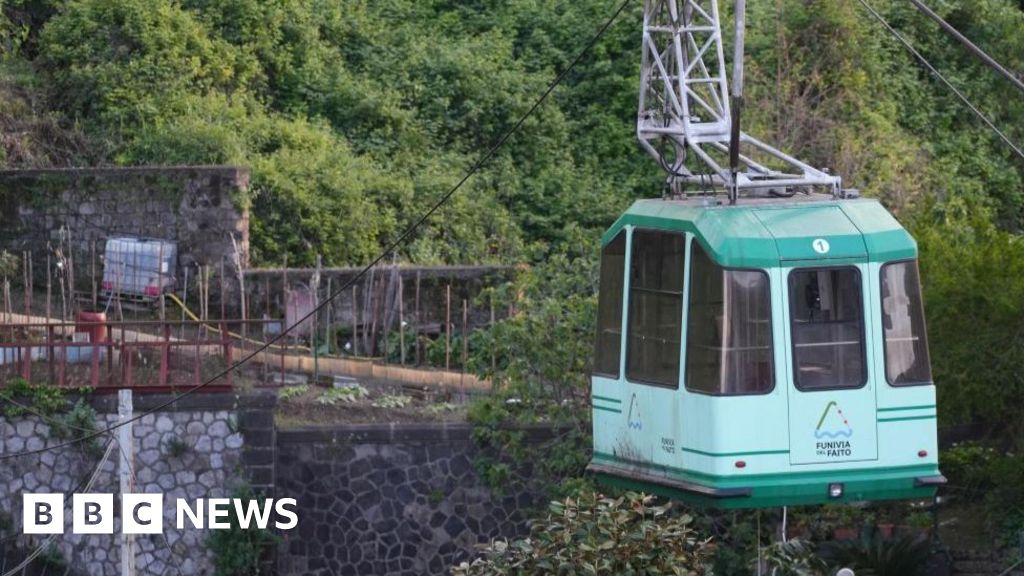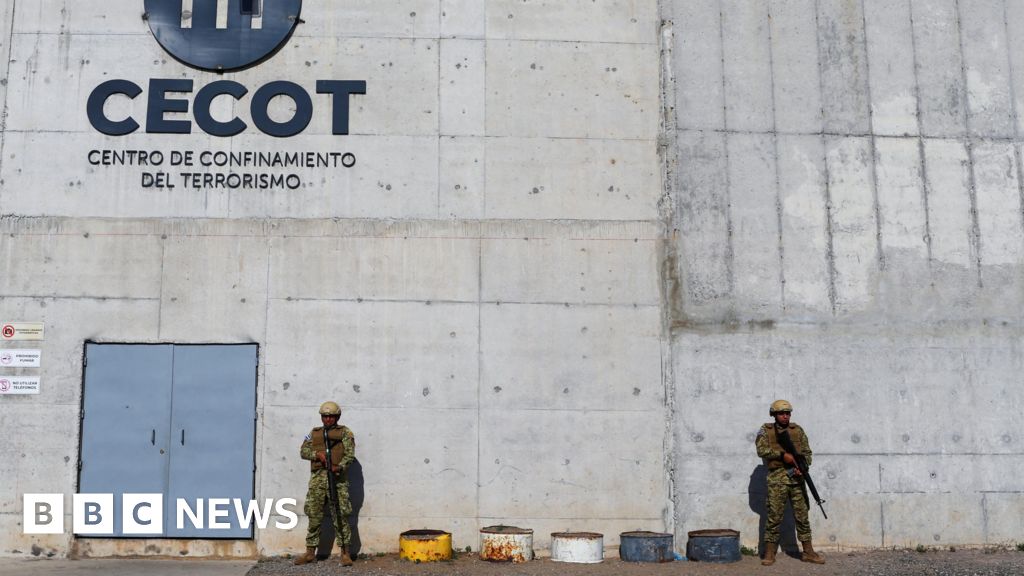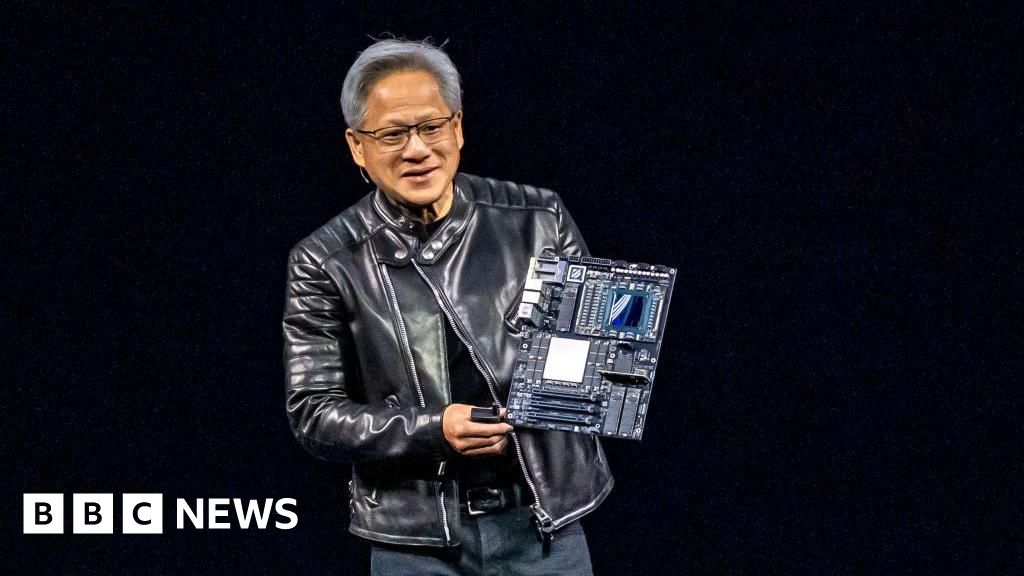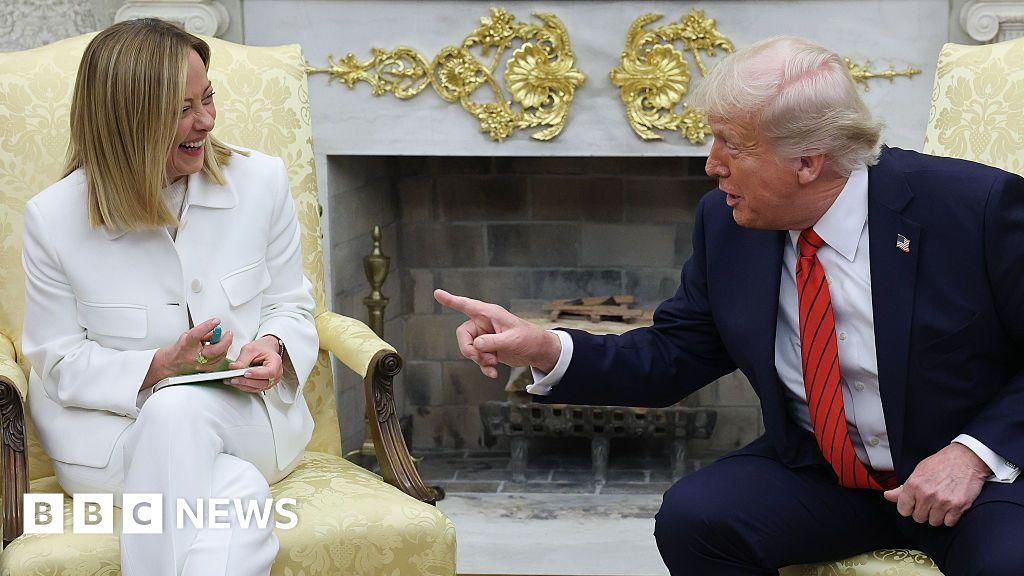Laser-plasma accelerators can accelerate particles over distances that are up to 1,000 times shorter than those required by conventional accelerators. The technology promises compact systems that have enormous potential to open up new applications for accelerators, for example in medicine or industry. However, the current prototypes have one drawback: most can only accelerate a few particle bunches per second—not enough for practical applications.
DESY’s new flagship laser, KALDERA, has now made a decisive step forward: Driving the compact plasma accelerator MAGMA, the innovative laser has been shown to accelerate 100 particle bunches per second. This increased repetition rate opens the path to actively stabilize the plasma accelerator performance in the future, which will bring it a good deal closer to first applications.
In conventional accelerators, radio-frequency waves are fed into so-called resonators. These waves can give a push to particles passing through them—in most cases electrons—and transfer energy to them. In order to raise the particles to high energy levels, numerous resonators have to be connected in series. This makes the systems long and expensive.
A method still in development and that requires less space is laser plasma acceleration. Here, a laser fires short, powerful pulses into a small hydrogen-filled tube just fractions of a millimeter in diameter. The so-called plasma cell contains an electrically charged gas, or plasma. As the laser pulse shoots through the plasma, it creates a wave behind it—like the wake that forms behind a boat. This plasma wave is so highly charged that it can accelerate electrons enormously over a distance of just a few millimeters.
The technique could significantly reduce the size of accelerators. A hundred-meter-long facility could be replaced by a machine that fits inside a basement laboratory.
“This would make it possible to build more cost-effective machines, for example free-electron lasers,” points out Andreas Maier, lead scientist for plasma acceleration at DESY. Several prototypes have already demonstrated the viability of the technique, also at DESY.
“We were the first in the world to successfully run a laser-plasma accelerator for more than 24 hours,” explains Maier. “It accelerated electrons once every second.” But this is certainly not enough for practical applications. The viable operation of a FEL requires several hundred to a thousand shots per second.

This is the goal which the team of researchers behind KALDERA is pursuing.
“In the future, this new laser is meant to accelerate up to 1,000 electron bunches per second,” says Manuel Kirchen, Team Leader for High-Average Power Laser Plasma Acceleration in DESY’s Plasma Group. “That would make the technology competitive.”
The setup is based on a technology in which a special laser first generates weak but very short pulses of light. These pulses are then directed into crystals that have previously been charged with energy by pump lasers and now transfer this energy to the light pulses. They are followed by further light amplifiers, with each stage increasing the energy of the pulses.
To prevent the increasingly powerful pulses from destroying the system, they are stretched to several times their original length using a special optical system. The elongated pulses can then be amplified further without damaging the optics. After the final amplification, they are squeezed together again by a so-called compressor.
“Its surface consists of thin layers which have a fine lattice structure,” explains Guido Palmer, head of laser development in DESY’s plasma group. “These absorb less heat than the gold coatings that were used in the past and enable a new compressor design that is key to the operation of KALDERA.”
The resulting laser pulses that leave the apparatus are short and extremely powerful.
On the initiative of Accelerator Division Director Wim Leemans, the team began building KALDERA in 2020, which has now gone into operation for the first time—and immediately achieved remarkable success.
“Already on the first try, we were able to accelerate 100 electron bunches per second,” says Kirchen. “This is the basis for significantly improving the quality of the electron bunches through active stabilization.”
At the moment, vibrations, air fluctuations, or instabilities in the power grid can severely disrupt the particle bunches and adversely affect their properties.
“When the air moves, the laser beam also moves,” adds Palmer. “This can result in individual electron bunches having different intensities or energy distributions.”
However, adaptive technologies can compensate for these fluctuations. The laser is equipped with sensors—including cameras that measure the laser pulses precisely. If the images indicate any deviation due to a disturbance, a computer calculates a correction signal. This signal then controls, for example, a mirror, which guides the laser pulse back in the desired direction. Such correction techniques are only possible if the laser fires often enough—like KALDERA with its 100 shots per second.
“This is also the way large accelerator facilities like the DESY storage ring PETRA III operate,” says Leemans. “These facilities heavily rely on active feedback systems, which maintain the uniform quality of the electron beams.”
“We strongly benefit from DESY’s expertise operating world-class particle accelerators, its technology portfolio and DESY’s mindset that values attention to detail,” adds Maier. For several decades, DESY has been developing and operating very reliable particle accelerators for users.
The KALDERA team has already started to upgrade the laser energy, which will enable higher electron beam energies in the future. Further improvements should be possible in the coming months and years as the experts gradually implement their ideas for feedback and control in the system.
“With these measures, we hope to reach the ultimate goal of KALDERA in a few years’ time,” says Leemans. “We want to realize a laser-plasma accelerator that produces 1,000 high-quality electron bunches per second.”
Citation:
Laser-plasma accelerator achieves 100 electron bunches per second (2025, April 17)
retrieved 17 April 2025
from
This document is subject to copyright. Apart from any fair dealing for the purpose of private study or research, no
part may be reproduced without the written permission. The content is provided for information purposes only.


















